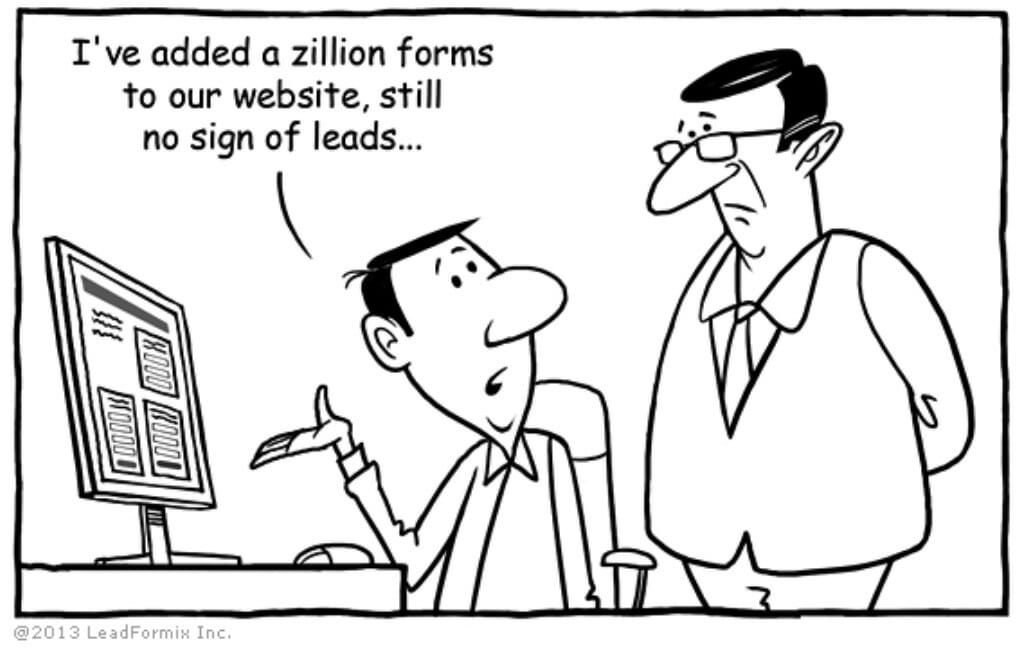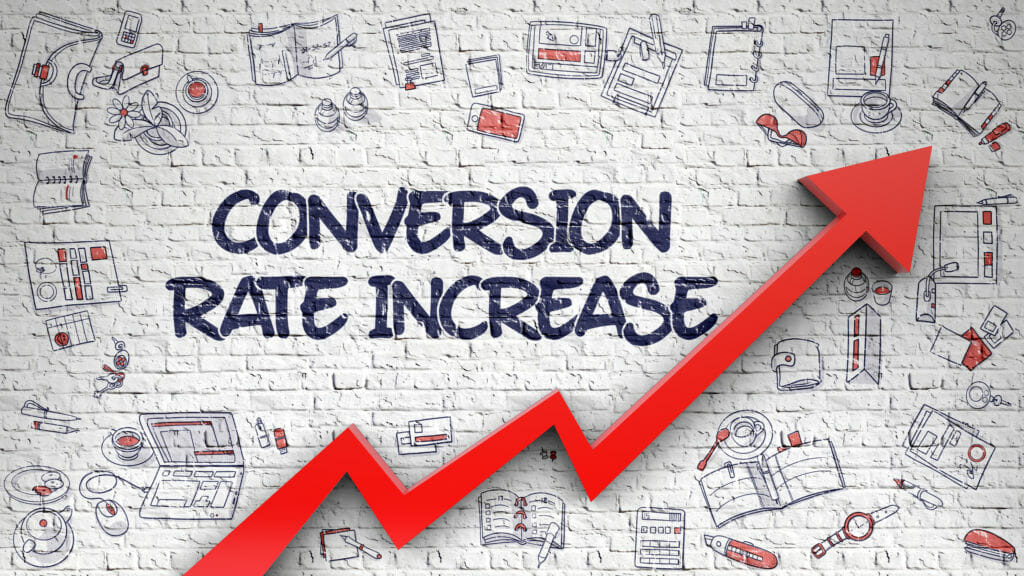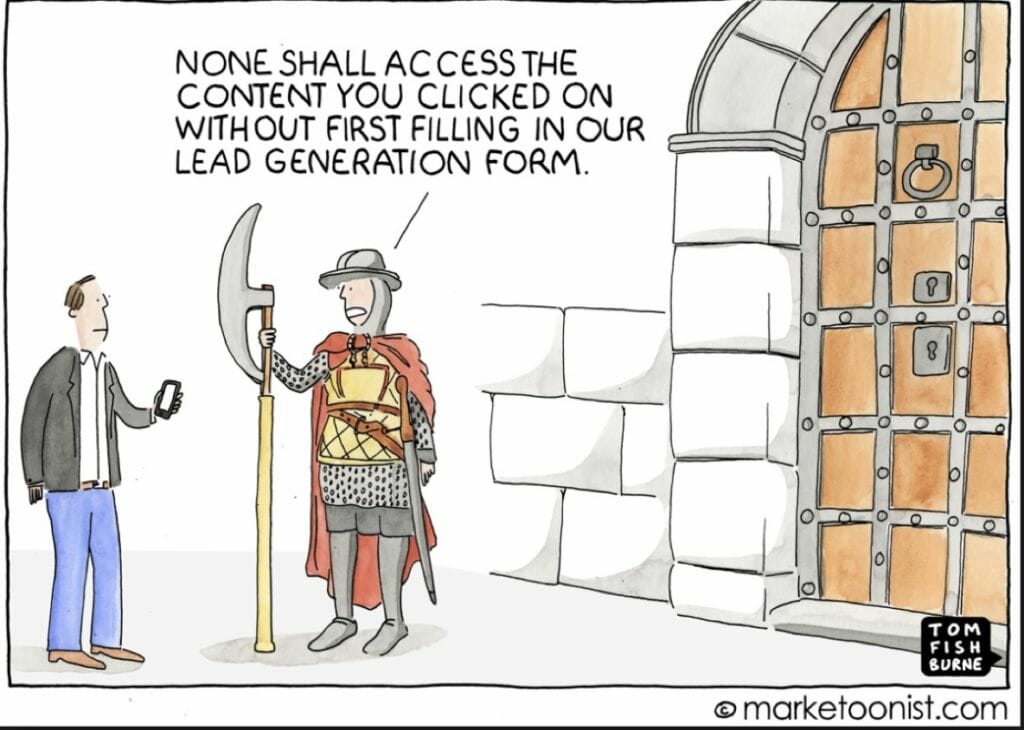Increasing your leads online- it’s all about conversions.
We often have businesses contact us for help, wondering why their current website isn’t generating the business they hoped it would. They’re frustrated, and not sure what’s wrong or how to fix it. This always reminds me of that medical show, “House”, where people come to an expert diagnostician, looking for answers to a mysterious problem no one seems to understand.
Diagnosing the Problem
Just like when you go to the doctor, the first thing we have to do is take a good look at your website and see what’s working and what’s not. That involves “testing”- looking at your content, your analytics, the layout of the content, and most importantly, the way you capture information and leads.
The Most Important Problem to Solve- Lead Capture
In order to increase your leads online, you have to make it easy for people to give you their information. That means constructing forms that are quick and easy to fill out, attached to simple offers that people want, and are willing to exchange their email address for. The better the offer, the better it will attract leads, just like a magnet.
Constructing the Right Lead Magnet- Funnels and Leads
Top of the funnel or introductory offers should be educational, informative, and in the process, help the lead learn a little more about your business. People are looking for you to help solve their problems, not just brag about how great you are. In exchange, by capturing only the minimum amount of information you need, such as an email address, you can then feed that person additional information through email about their problem and how your business can help.
We often set up a series of automated emails after someone fills out a form for one of our client’s top of funnel offers. Each email has additional information and downloads included, many of which ask for secondary pieces of information, to help get a sense of how motivated the lead is, or narrow their particular interest. The email series has its own storyline or flow, walking people through the things they need to learn before they buy- and ending with a good, bottom of the funnel offer. This last offer is usually designed to answer questions about pricing and to help ensure the lead is sales-qualified.
By the time a lead reaches the last email in the series, they are better educated and are more likely to be ready to talk to a salesperson, making the job the salesperson has to do much easier. The sales process becomes less about lead education, and more about answering any remaining questions and closing the sale.
That does mean, however, your sales and marketing team need to talk to each other, to better understand what questions you need to answer for customers and common issues, in order to design the best offers and information sequence to help convert new leads into customers.
OK, I get the process- How do I get Better Conversions?
 When we first start working with clients, we want to make sure we understand their current process.
When we first start working with clients, we want to make sure we understand their current process.
How do you currently get leads?
What happens to them after initial contact?
What issues occur?
What are the common things that people say when they put you off or decide not to buy?
What does your best customer look like?
Who is your worst, most problematic customer?
If you had 10 additional, sales-qualified leads today, do you have the capacity to meet their needs? 20? 50? 100?
Why do your customers choose you versus your competitor?
Why do you think they choose a competitor rather than you?
Answering these questions helps you to get to know your baseline, and how to get more people like your best customer, while minimizing the types of customers who give you headaches. For example, one of our HVAC clients was complaining that he was getting a lot of leads, but they didn’t seem to convert. Diagnosing this problem meant looking at the leads and seeing whether the issues were that he was getting too many lookers, not buyers, or was it economic- and there was a pricing or competition issue we needed to address.
One of the first things we did was to take a look at the area and see where the homes that were most likely to need air conditioning in the summer, supplemental heating, or were at an age where their systems were most likely getting to the end of their lifespan. We then targeted homeowners in these areas, online and in traditional campaigns with offers that would be relevant to their current pain points. We drove these potential leads to content on the website, including case studies of homes like theirs, where the company had done jobs in the past. We found that the CTAs and offers on the case study pages led to much higher quality and converting leads than any other campaign the company had had in place in the past.
By getting top of funnel offers on the website, and following up with email that directed people to the case studies and other key pieces of information they needed, while learning more about them gradually through the process helped our contractor client double their business year over year for three years in a row.
The Bottom Line
The Bottom line to increasing your online leads is to make sure you have great content- with easy to complete forms and landing pages behind every call to action. That way, you can capture information, slowly nurture the lead and make better use of your sales-people’s time, by feeding them the highest quality leads- well educated consumers, who know what they need and what it costs. That way, all your salesperson has to do is close the deal by talking about specifics and ways to solve the problem for that particular homeowner.
Getting better leads is not only about quantity but quality- and demonstrating your knowledge while driving conversions on every page will get you there.


